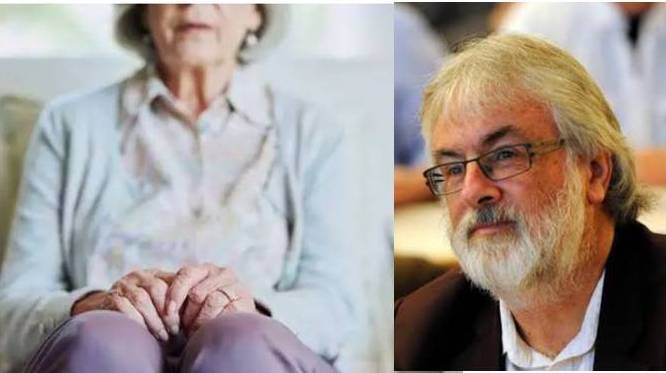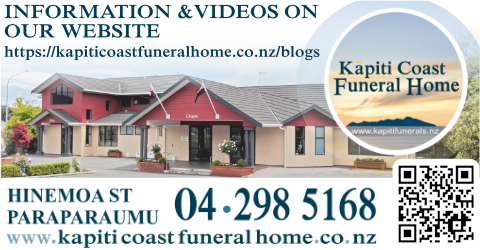
By Ian Powell
For some years, New Zealand’s public hospitals have been experiencing increasing patient demand for diagnosis and treatment (surgical and non-surgical). Some of this demand can be met through ambulatory (outpatient) care but much requires admission to inpatient facilities.
The demand for planned (elective) surgery such as hip and knee operations has increased but a bigger driver is acute hospital admissions increasing at a rate higher than population growth. The latter is also a significant contributor to the deficits of district health boards (DHBs).
There is an increasing awareness that a big driver of this increasing demand is what is called social determinants of health; factors that are external to health systems but impact on it such as poverty, housing and educational opportunities.
Another recognised driver is the ageing of the population with the ‘baby boomers’ generation now having reached the ranks of older New Zealanders (people born from 1946 to 1964, during the post–World War II baby boom).
To the extent that the health of older people tends to pack up in the last year of their lives perhaps this doesn’t matter so much. But it does because just as the number of the aged increases, so does the number who are frail.
Frailty is not a medical condition. Instead, it is an ageing-related syndrome of physiological decline, characterised by marked vulnerability to adverse health outcomes. Perhaps globally about 7% of persons older than 65 years are frail, and the occurrence of frailty increases with age and may exceed 45% after age 85.
Both the prevalence and complexity of frailty make it a health system issue including as a predictor of surgical outcomes in older patients. Better informed decisions can be made by a better-shared understanding of what frailty is.
Arising out of a 2005 Canadian study on health and ageing a nine-step clinical frailty scale has been developed which highlights its broad scope, complexity and increasing levels of dependency:
Very Fit – robust, active, energetic and motivated.
Well – no active disease symptoms but are less fit than the above category (either often exercise or very active occasionally).
Managing well – medical problems well controlled, but not regularly active beyond routine walking.
Vulnerable – while not dependent on others for daily help, often symptoms limit activities.
Mildly frail – often have more evident slowing, and need help in high order help including finances, transportation, heavy housework and medications).
Moderately frail – need help with all outside activities and with keeping house, including problems with stairs and help with bathing.
Severely frail – completely dependent for personal care from whatever cause (physical or cognitive) but not high risk of dying within six months.
Very severely frail – completely dependent, approaching the end of life. Typically could not recover even from a minor illness.
Terminally ill – approaching the end of life (a life expectancy of up to six months, even if not otherwise evidently frail.
Frailty is a highly differentiated continuum from being very fit and well to deteriorating degrees of frailty ending with being very severely frail to terminally ill. Each step on this scale involves different interactions with the health system from independence to increasing levels of dependency (ending with complete dependency). The further a frail person deteriorates the greater the demand for and cost of healthcare increases.
Health systems need to focus on the significance of more people becoming frail. Rather than age, as one might intuitively think, the biggest contributing factor is the social determinants of health. Sitting behind them are comorbidities (additional health conditions) and age. Further back are genetics and gender.
Hawke’s Bay geriatrician Dr Tim Frendin has been flying the flag of addressing the challenge of frailty. He recommends that:
- As frailty is a clinical problem, clinicians must guide the health system.
- Outcomes relating to frailty must be incorporated into decision-making both at the individual level and at a systems level to inform and predict healthcare demand.
- Recognise that inability to predict demand compromises all of the health system.
- Priority to be given to adopting measures of dependency for planning.
- Conversations must start now on the above.
I agree with Dr Frendin’s recommendations but would add the following three observations. First, given the significance of social determinants to frailty, including increasing dependence, the government has a responsibility to take the lead. These determinants are external drivers of healthcare demand which the health system has no control over apart from some mitigation.
To date, the government has been itsy-bitsy. Some useful measures here and there but overall, like candles that can’t light a path for an ant. This must change with a strategic approach able to be operationalised.
Second, in respect of the health system, the severe workforce shortages must be addressed. It must be recognised that frailty is a significant driver of health demand and cost (in 2019-20 the healthcare costs of frailty were estimated to be close to the over half a billion dollars operational deficits of all DHBs).
This means that we need a workforce strategy that includes recruiting and retaining the right capacity with the right capabilities to both prevent frailty leading to increasing dependency and better coping with the dependencies that presently exist. This is across the health system from community to hospital.
Third, to get this right, the health system needs to be led by an engagement culture based on leadership that is distributed throughout the workforce in community and hospital care, especially the clinical workforce.
Unfortunately, the government’s health restructuring will lead to increasing bureaucratic centralism (ill-informed and distant top-down decision-making). If frailty as a driver of health demand and cost is to be addressed, then the Ardern government will need to make a major cultural shift in its approach to the health system.
Published in www.businessdesk.co.nz
ABOUT THE AUTHOR: Otaihanga resident Ian Powell is a former executive director of the Association of Salaried Medical Specialists.















































